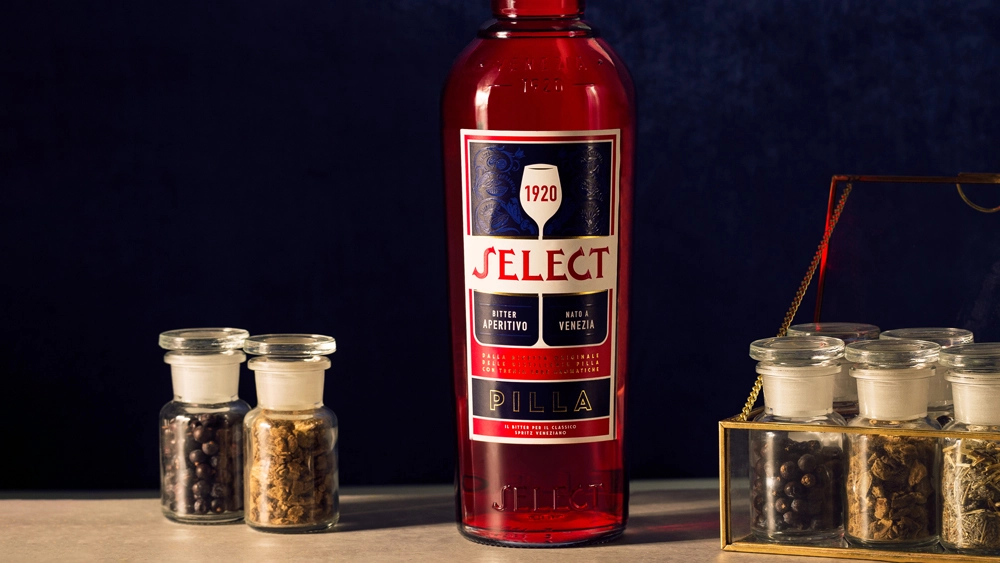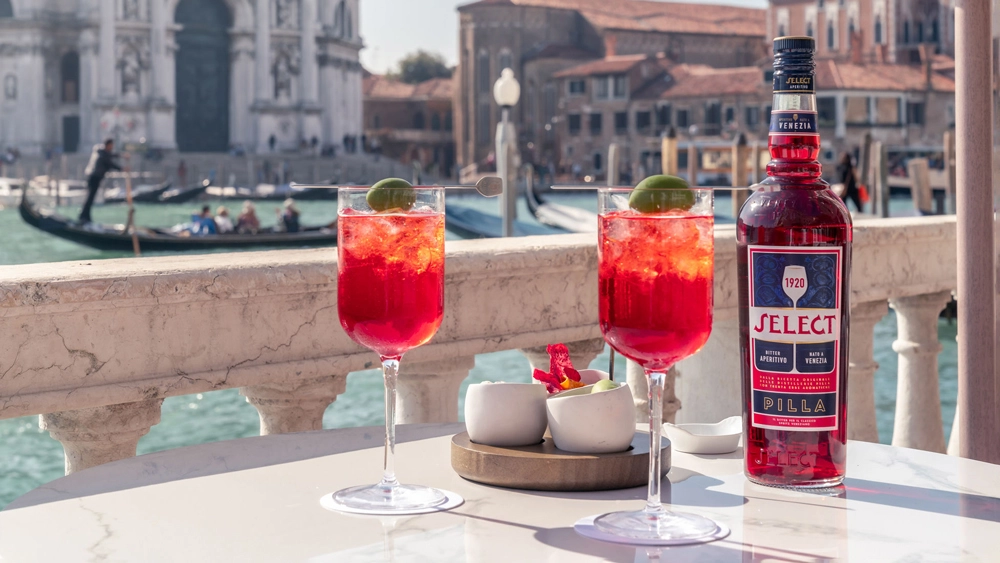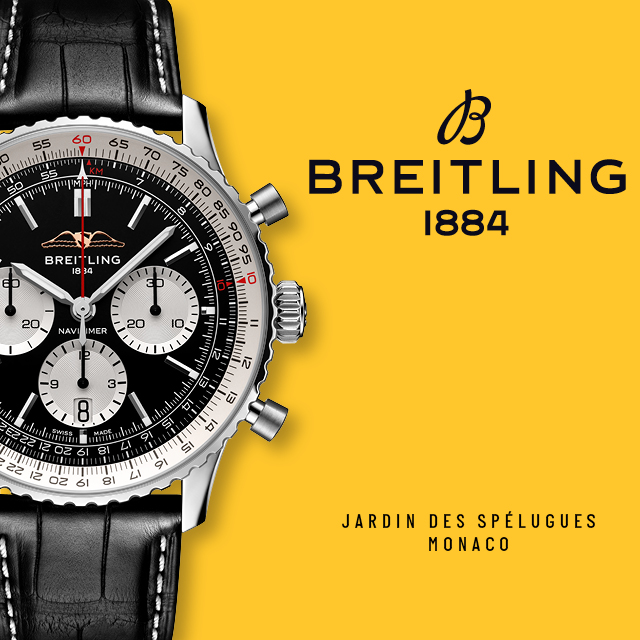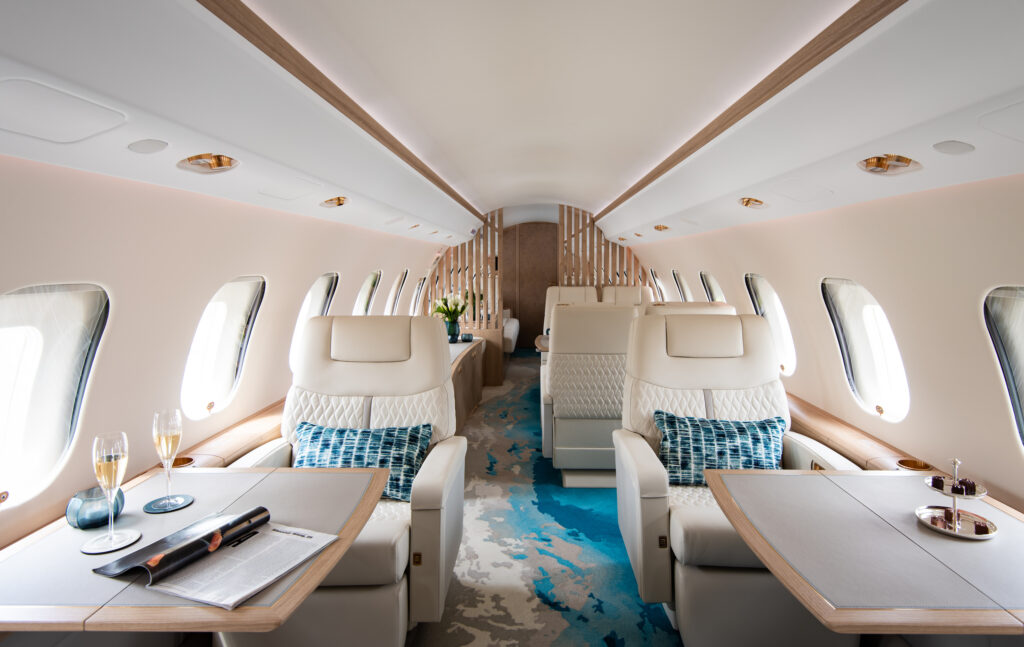The first day of spring tends to involve celestial calculations, but it doesn’t have to.
Actually, the first day of spring isn’t even really a day, it’s a moment. The so-called “astronomers” will use their so-called “physics” to tell you that the vernal equinox is the precise instant when the sun crosses the celestial equator, which this year will be March 20, at 5:24 p.m. EDT. With respect, I disagree. I think everyone has their own first day of spring, and I think it is triggered the exact moment you take a sip of the year’s first spritz.
Spritzes are, broadly speaking, low alcohol cocktails which work by pairing something bitter with something bubbly. They’re stupendously popular in Italy once it warms up, and are deployed in great numbers for aperitivo hour, which is the time before dinner where you get free snacks and drink lots of spritzes. Sometimes they’re very bitter and sometimes they’re only a little bitter, but what they always are is refreshing, designed to cool you down while the sun is still up. As such, spritzes are generally not winter phenomena, because it’s too cold to need refreshment and the sun sets at 4:30 p.m., but as the seasons begin to change—as you find yourself moving from red wine to white, and casting seductive side-glances at that bottle of aperitivo—that’s how you know it’s almost time for a Bicicletta.
The Bicicletta, as you can probably already tell, is Italian. It is made of Campari or a similar bitter liqueur, enlivened with some still white wine and lifted with a splash of soda. According to Talia Baiocchi in her book Spritz, it comes from Lombardia in the 1930s, named, they say, for the teetering bicycles of the old men who had too many Biciclettas before heading home from the caffe. Seasoned spritzers might understand this as a cousin to the globally popular Aperol Spritz and in terms of build, it’s indeed nearly the same thing, but with a sharper bitterness and with an unsparkling white wine. In terms of experience, though, the Bicicletta is a bit more different than that, and serves a different need.
The Aperol Spritz is like a liquid, a little too sweet and basic but cold enough and pleasant enough so that no one really cares. Bicicletta, on the other hand, is the adult version, less eager to please, with lower sugar and a sharper bitterness. The Bicicletta starts by luring you in with juicy oranges and some light baking spice, and then develops on the midpalate as the orange turns from juice to zest to pith, a slow mounting herbal bitterness that builds and lingers for a full minute, and keeps you coming back for more. It’s still not a wintertime affair but also doesn’t need to wait for the baking Mediterranean summer. All the Bicicletta needs is a hint of warmth and a little sunshine. And so considering that it’s now getting a little warmer—and more importantly, that Daylight Savings Time clicks forward on March 12 and suddenly there’ll be an extra hour of sun in the late afternoon—well, that calls for a Bicicletta, and with it the first day of what those of us in the civilized world call spring.
Bicicletta
- 1.5 oz. Select Aperitivo
- 2 oz. dry white wine
- 2-3 oz. soda water
Add all ingredients to a tall glass or a wine glass with ice. Stir briefly to combine and garnish with an orange slice or peel or, if you want to get super Italian about it, an olive on a pick.
NOTES ON INGREDIENTS

Bitter Liqueur: Campari is called for by name every single place you’ll find the recipe for a Bicicletta. Everywhere but here, it seems. It shocks me to report that I didn’t think Campari was the best product for this. And while I realize that sounds like I’m saying that the best bacon is actually made with turkey, hear me out:
I tested Campari against five of its competitors, expecting it to be singular as it always is, and while Campari was indeed very good, I thought better across all tests was actually Select Aperitivo, from Venice. Not only was it good across styles of wine in a way that Campari wasn’t (Campari doesn’t vibe with the wateriness of Pinot Grigio, for example) but even when Campari worked well, Select Aperitivo worked better. Select is prettier than Campari, with rose-like florals, a bit less bitterness and a more rounded edge. I wouldn’t reach for it for a Negroni or anything, but it’s worth picking up a bottle for spritz season alone.
Dry White Wine: The general call here is a dry white wine, nothing with too much sweetness or oak. Prosecco, perfect in an Aperol Spritz, just adds too much enthusiasm to what is a broodier drink. It doesn’t fit.
As for still wine: I’ve always defaulted to Pinot Grigio here for its Italian pedigree and its universal availability and it does work pretty well with Select, but with both Campari and Select I found I preferred a Sauvignon Blanc from the Loire Valley, which added orchard fruit, citrus, and grassy notes that integrated surprisingly well. If you don’t like Sauvignon Blanc you also won’t like it here, but if you do, it’s perfect. Vinho Verde would be great. Chablis was ok, a little neutral but certainly nothing bad. As a general principle stick with high acid and low sweetness and you’ll be happily spritzing in no time.








